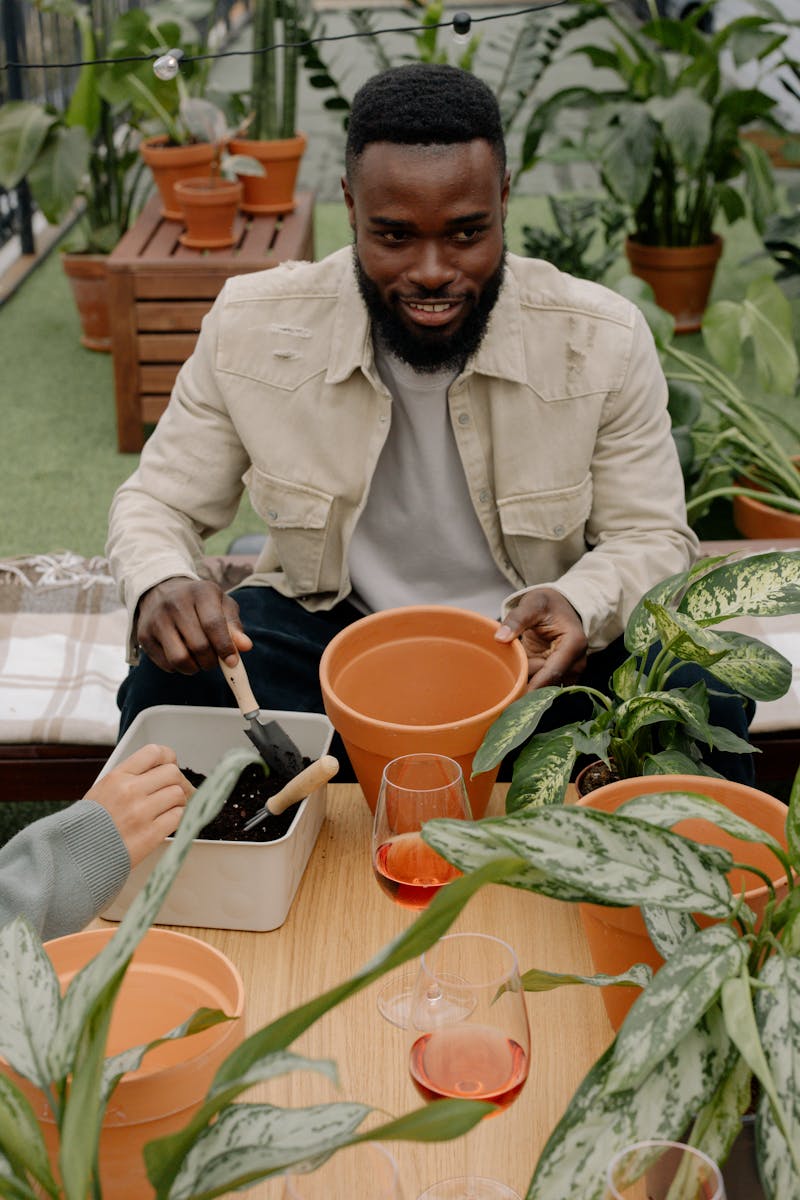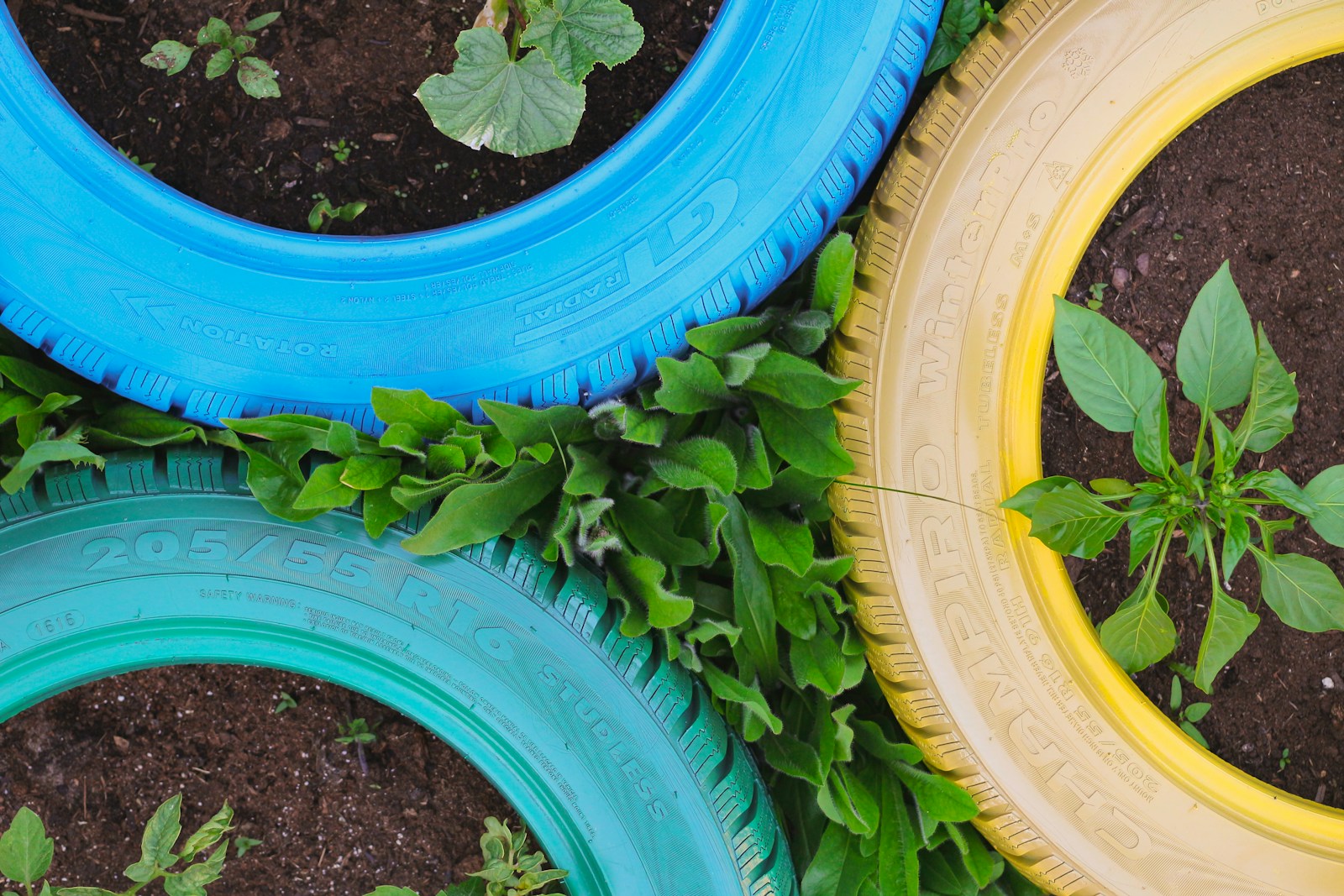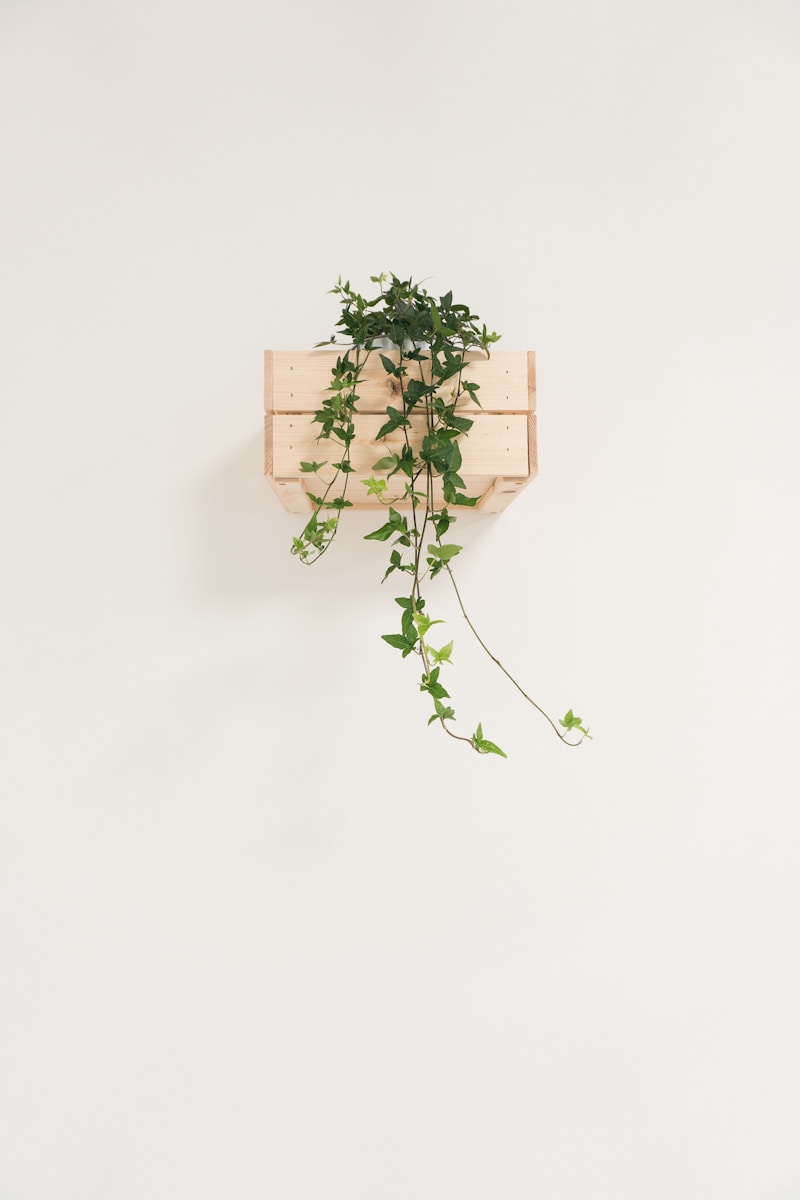DIY Planters and Pots from Recycled Materials
Give your garden character while doing good for the planet! Creating DIY planters and pots from recycled materials is a smart, sustainable way to grow plants while keeping waste out of landfills. From tin cans to tires, let’s explore creative, low-cost ways to turn everyday items into one-of-a-kind plant containers.
Tin Cans
Save your soup or coffee cans and turn them into stylish planters. Just punch a few drainage holes in the bottom, paint or wrap the exterior with fabric or twine, and you’ve got a rustic pot ready for herbs or flowers.
Plastic Bottles
Cut plastic bottles in half to make mini planters or vertical garden pockets. They’re lightweight, durable, and perfect for small herbs. Add drainage holes and hang them with string or attach to a wooden board for a space-saving wall garden.
Mason Jars and Glass Jars
Great for indoor planters or decorative centerpieces. Fill jars with pebbles for drainage, then layer soil and plant cuttings or succulents. Paint or label the jars to match your décor.
Old Boots and Shoes
Don’t toss those worn-out boots! Poke a few holes in the soles, add soil, and pop in your favorite flowers. They add quirky charm to patios and doorsteps—especially in vintage or brightly colored styles.
Broken Kitchenware
Cracked teapots, chipped mugs, or mismatched bowls all make fun planters. These small containers are ideal for succulents, cacti, and tiny indoor herbs. Be sure to drill drainage holes or use pebbles to avoid soggy roots.
Wooden Crates and Drawers
Old wooden drawers or fruit crates can be upcycled into rustic planter boxes. Line them with landscape fabric to hold the soil and prevent rot. Perfect for creating layered herb gardens or floral displays.
Tires
Paint old tires in bold colors and stack them for raised flower beds or vegetable gardens. They’re weather-resistant and durable—just make sure to drill drainage holes in the bottom before filling with soil.
Milk Cartons and Juice Boxes
Rinse, cut, and decorate cartons to make fun-sized planters. Ideal for starting seedlings or getting kids involved in gardening. Label each carton to keep track of plant types.
Colanders
Already equipped with drainage holes, colanders make funky, ready-to-use planters. Hang them with chains or ropes, or place on a table with a tray underneath. Add moss or coconut liners to keep soil in place.
Tins, Tubs, and Buckets
Large recycled containers like metal tubs or old buckets offer plenty of room for big plants or mixed arrangements. Paint them to suit your style and drill holes in the bottom to allow drainage.
Tips for Success
- Always add drainage holes if your container doesn’t have any.
- Use liners for porous materials like wood or fabric to hold moisture.
- Group similar-looking planters for a cohesive display.
- Use food-safe containers if growing edibles indoors.
Conclusion
Recycled planters are more than just practical—they tell a story. From quirky to chic, each container brings unique personality to your garden. Best of all, you’re giving a second life to materials that would otherwise end up in the trash. So gather your odds and ends, get planting, and show the world your eco-savvy green thumb!
Frequently Asked Questions
What recycled materials are safe to use for edible plants?
Use food-safe plastics, untreated wood, or ceramic containers. Avoid containers that once held chemicals or have questionable coatings.
How do I drill holes in metal or ceramic containers?
Use a power drill with the appropriate bit (metal or masonry) and go slowly. Place tape where you plan to drill to prevent slipping.
Do recycled planters need liners?
It depends on the material. Wood, cardboard, or fabric containers benefit from liners to retain moisture and prevent rot.
Can I paint my recycled containers?
Yes! Use spray paint or acrylic paint suitable for outdoor use. Always paint the outside only if you’re growing edibles to avoid contamination.
How do I keep my DIY planters looking nice over time?
Seal wood or painted surfaces with a weatherproof clear coat. Store delicate planters indoors during extreme weather to extend their life.
© 2025 GardeningandDecor.com. All rights reserved.



